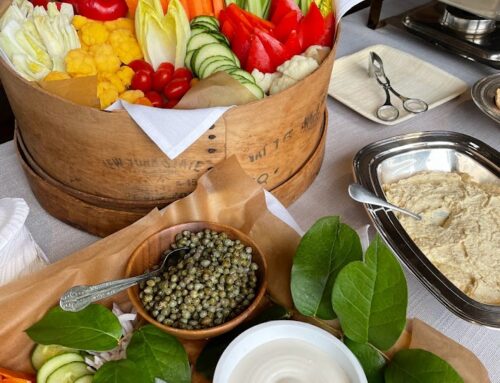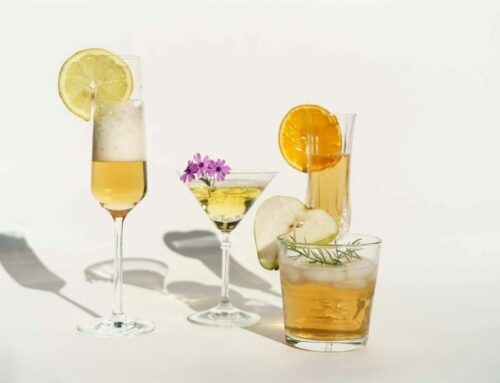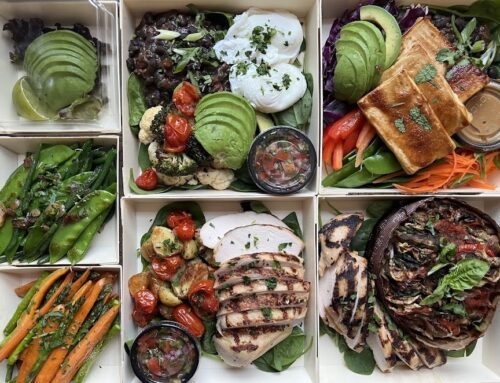Native to the Core
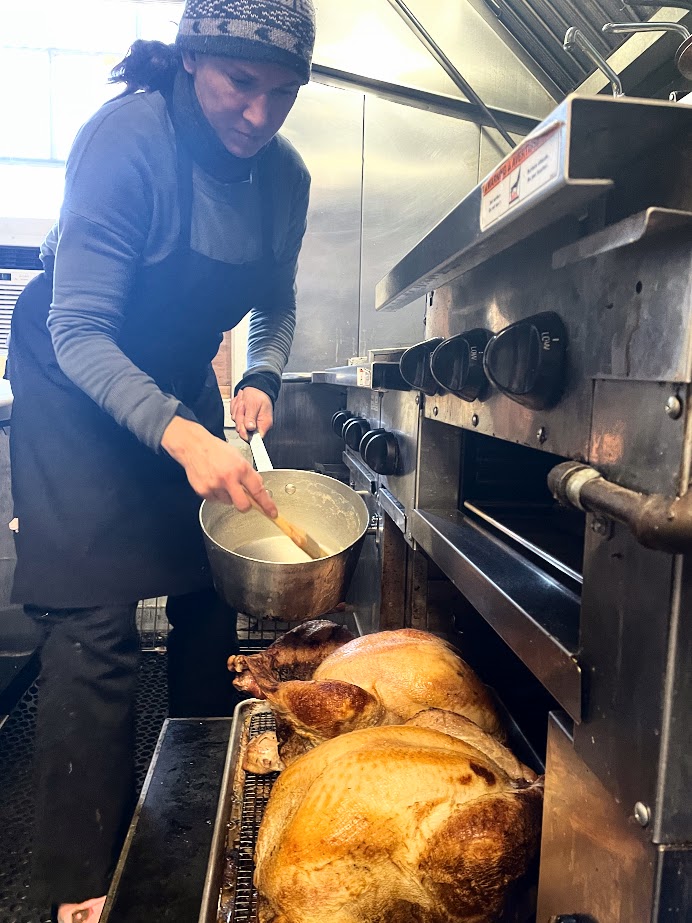 We briefly touched on Native/Indigenous Month in the US earlier, but let’s take a deeper dive.
We briefly touched on Native/Indigenous Month in the US earlier, but let’s take a deeper dive.
All of November celebrates Native American heritage, whether you’re 100% or just a smidgen. Sadly, a quick glance at Native cinema on many streaming services turns up a dearth of films – although if you’re comfortable in rabbit holes and doing detective work, there is always more to the story, including the redsploitation (exploitation films about Native Americans) trend that once gripped Hollywood in the 1970s. On the positive side, after Star Wars Episode IV was dubbed into Navajo, the momentum continued with a Comanche-language option to watch the extremely popular Prey film.
Being Native
Chef Becky is part-Blackfoot Cherokee, though she doesn’t advertise it like so many people who flaunt identity politics. However, she counts it as a core aspect of her being and even cooking. “I grew up poor in rural New Jersey, where we made use of everything, stayed close to and in tune with the land, and were comfortable with handling fish and meats,” she explains. (The Blackfoot were big game hunters and fishers from the plains who migrated east.) “Quanna Chasinghorse is someone I admire,” the Chef says.
Best of Both Worlds
“People with Native blood could be very bitter about the founding of the US and the current situation of Native Americans, and some are,” the Chef says, “but I grew up in a heavily patriotic state, and being of mixed ethnicity means I’m as much German-origin as Native.” (The Chef is cousins with children’s book luminary Dr. Seuss aka Theodore Geisel.) I take the approach that singer Joey Belladonna, who is half-Iroquois, took when he sang the National Anthem: you can be proudly Native and proudly American simultaneously. The two are not different. I am proud of my mixed heritage, as it provides different perspectives.”
Straightforward Eatin’
“I’ve always loved the outdoors, feel a gratitude to the Earth, and have seen the ravages of mistreating our planet,” the Chef says, who grew up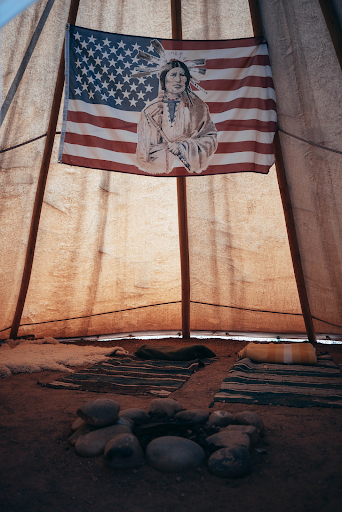 near a toxic dumping ground in the days before EPA regulation in the late 1970s. “It’s out of sight, out of mind to just bury garbage and toxins in the soil, but they inevitably leach out and impact the soil, water, animals, and people.” The Chef has had health struggles in which she’s tested high for toxins and thus has come to believe in eating as nutritionally as possible, with whole, pure, high-quality ingredients and minimization of preservatives, corner-cutting, and artificiality in her food. As bodily inflammation continues to be a culprit in a variety of health disorders, the Chef emphasizes ingredients that have known anti-inflammatory properties. “As a society we keep trying to treat symptoms while avoiding changing our lifestyles, which is really the root problem,” she explains. “The human body craves the comfort of processed foods, salt, and fat, and there are more than enough eateries that answer that craving, but over time it takes its toll on the body, and people wish they’d changed their habits earlier.”
near a toxic dumping ground in the days before EPA regulation in the late 1970s. “It’s out of sight, out of mind to just bury garbage and toxins in the soil, but they inevitably leach out and impact the soil, water, animals, and people.” The Chef has had health struggles in which she’s tested high for toxins and thus has come to believe in eating as nutritionally as possible, with whole, pure, high-quality ingredients and minimization of preservatives, corner-cutting, and artificiality in her food. As bodily inflammation continues to be a culprit in a variety of health disorders, the Chef emphasizes ingredients that have known anti-inflammatory properties. “As a society we keep trying to treat symptoms while avoiding changing our lifestyles, which is really the root problem,” she explains. “The human body craves the comfort of processed foods, salt, and fat, and there are more than enough eateries that answer that craving, but over time it takes its toll on the body, and people wish they’d changed their habits earlier.”
Taking Food Trends with a Grain of Salt
“There was a trend toward demonizing butter in the 70s, so stores got artificial kinds of butter. But the body and brain need certain fats for health, and we have to weigh the costs of ingesting artificial substitutes,” she reckons. “It’s actually pretty amazing that Generation X is in as good of shape, overall, as we are,” she laughs, “given the rise of convenience foods, convenience stores, artificial flavorings and colorants, and chemicals in the 20th century that we were exposed to.”
Perhaps we can take a cue from indigenous cultures and learn to live more in tune with the earth, both individually and as a species.

